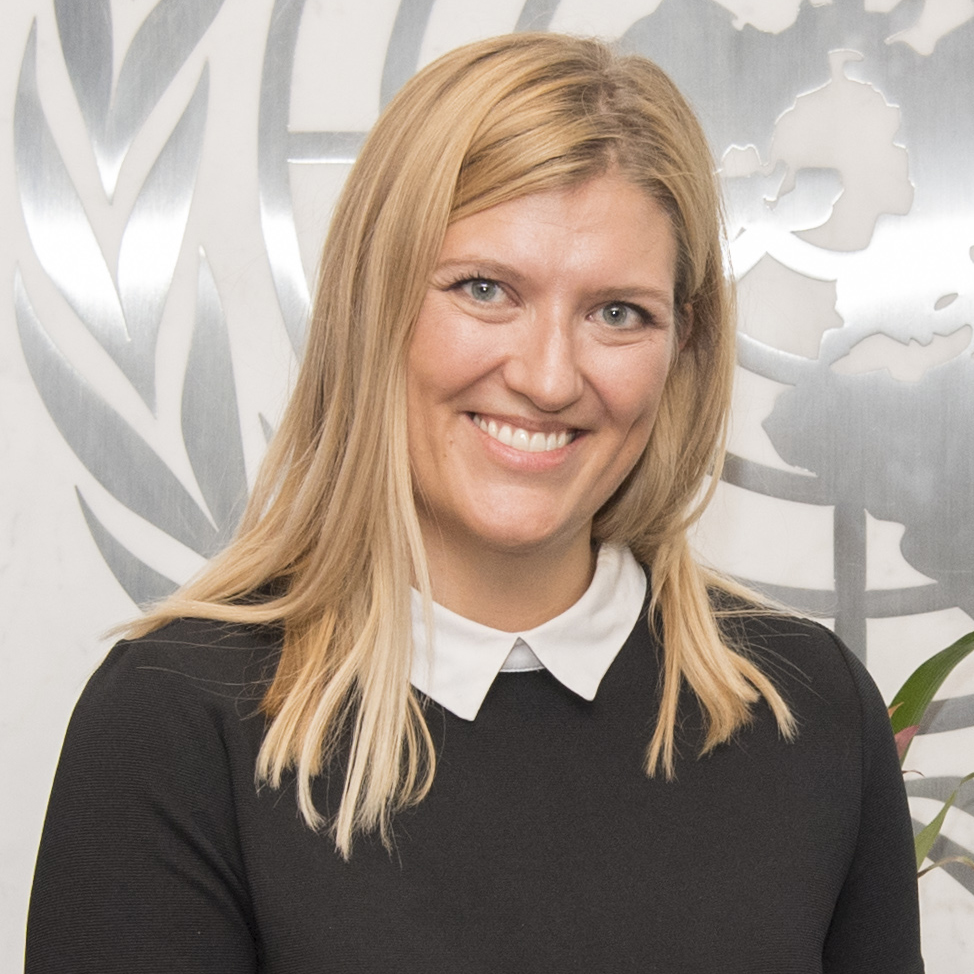
The crumbling nuclear taboo
Beatrice Fihn | “Stopping nuclear threats, reducing the chances that nuclear weapons will be used, and making genuine progress toward nuclear disarmament will demand a truly global commitment”
By Beatrice Fihn*
On September 21, in a pre-recorded address, Russian President Vladimir Putin escalated his nuclear posturing, threatening to use the weapons “in the event of a threat to the territorial integrity of our country and to defend Russia and our people.” It is just the latest evidence of the erosion of the nuclear taboo.
Putin’s most recent threat, like all the other nuclear threats he has issued since invading Ukraine in February, goes well beyond Russia’s official nuclear doctrine, which states that the weapons may be used in response to conventional attacks “imperiling the very existence of the Russian state.” It is clearly incompatible with the assertion that “a nuclear war cannot be won and must never be fought,” affirmed in January by the nuclear-weapons states recognized by the Non-Proliferation Treaty (China, France, Russia, the United Kingdom, and the United States), and repeated by Putin in August at the NPT review conference.
PUTIN’S WORRYING THREAT
Putin’s recent nuclear threat is particularly worrying in light of Russia’s staged referendums in the parts of the Donetsk, Kherson, Luhansk, and Zaporizhzhia oblasts in Ukraine that it currently occupies. With Russia having now annexed these territories, Putin could portray Ukrainian military operations aimed at liberating them as threats to Russia’s “territorial integrity,” meriting a nuclear response.
This is not mere speculation: former Russian President Dmitry Medvedev, the deputy chairman of Russia’s Security Council, said as much on September 22. And a military convoy capable of carrying nuclear weapons is now reportedly heading toward Ukraine. Putin, for his part, claims that his nuclear threats are a response to the West’s “nuclear blackmail” – that is, “statements made by some high-ranking representatives of the leading NATO countries on the possibility and admissibility of using weapons of mass destruction – nuclear weapons – against Russia.” It is not clear which statements he is referring to, or if any such statement has been made at all. But even if Putin’s nuclear threats came first, there is no doubt that such rhetoric is gaining traction.
NO OVERSTATING THE DANGER
The danger cannot be overstated. Nuclear threats often beget warnings of retaliation. Even when leaders refrain from issuing direct threats, they discuss possible nuclear responses to an attack, usually without much regard for the devastating consequences. This normalizes the idea of using nuclear weapons, thereby drastically increasing the risk of cataclysmic conflict. Speaking at the United Nations General Assembly on September 21, US President Joe Biden went some way toward recognizing this risk, when he condemned Russia’s “irresponsible” nuclear threats. But it is worth being clear: all nuclear threats are irresponsible.
“Stopping nuclear threats, reducing the chances that nuclear weapons will be used, and making genuine progress toward nuclear disarmament will demand a truly global commitment.”
As the US recently told Russia, any use of nuclear weapons would have truly catastrophic consequences. This is especially true in a region as densely populated as Europe. Even so-called tactical nuclear weapons – which many warn Putin will use on the battlefield in Ukraine – typically have explosive yields in the range of 10-100 kilotons of TNT. The atomic bomb that destroyed Hiroshima in 1945, killing 140,000 people, had a yield of 15 kilotons.
A THREAT AGAINST ONE COUNTRY IS A THREAT AGAINST ALL COUNTRIES
A single nuclear detonation would likely kill hundreds of thousands of civilians and injure many more. Moreover, the radioactive fallout could contaminate large areas across multiple countries. Widespread panic would trigger mass movements of people and severe economic disruption. A nuclear threat against one country is therefore a threat against all countries, and it merits a global response. The international community must respond to Russia’s latest threats not by issuing threats of its own, but by unequivocally condemning any and all nuclear threats, stigmatizing and delegitimizing the possession of nuclear weapons, and pursuing serious efforts to eliminate them entirely. Unfortunately, nuclear-armed states remain reluctant to adopt such an approach. Unequivocally condemning all nuclear threats would mean forgoing the option to make such threats when it suits them, and even to maintain the deterrence doctrines (which contain implicit nuclear threats) on which they rely. That is why they resisted issuing such a condemnation at the latest NPT conference. By contrast, in June, the first meeting of countries that have joined the Treaty on the Prohibition of Nuclear Weapons (TPNW) condemned “unequivocally any and all nuclear threats, whether they be explicit or implicit and irrespective of the circumstances.”
The TPNW comprehensively prohibits nuclear weapons, just as international law prohibits other weapons of mass destruction (biological and chemical). It also prohibits threats to use nuclear weapons. The TPNW’s membership is growing steadily: just last month, five more states joined, bringing the number of signatories to 91, and two more states ratified it, for a total of 68 parties. But, to boost global security at a time of escalating nuclear rhetoric, more countries must join. Stopping nuclear threats, reducing the chances that nuclear weapons will be used, and making genuine progress toward nuclear disarmament will demand a truly global commitment. The TPNW is the right place to start.
*Beatrice Fihn is Executive Director of the International Campaign to Abolish Nuclear Weapons.
Copyright: Project Syndicate, 2022.
www.project-syndicate.org
